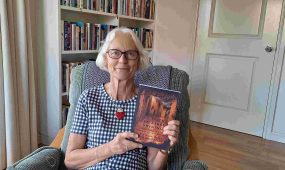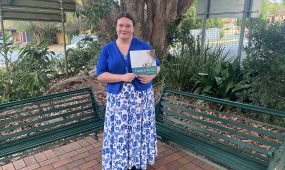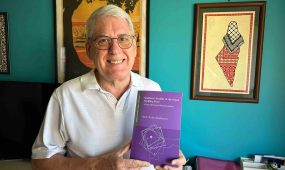A response to ‘What do Anglicans Believe?’
Books & Guides
“The most tangible impact of this resource is that students will see that conversations and collaboration have taken place throughout the history of the Church. This communication and wrestling with ideas of faith is a practice engaged in by members of all faith communities and proves that consensus can be reached despite differences in contexts and cultures,” says FormedFaith’s Fiona Hammond
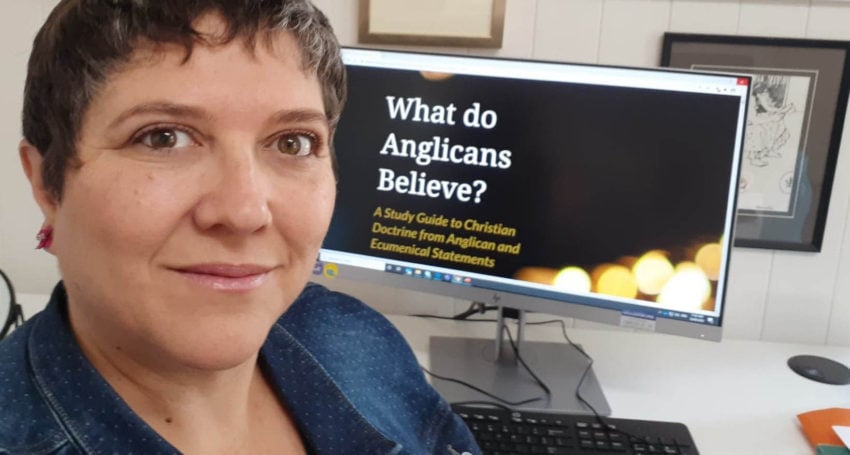
The Anglican Communion’s theological education and unity, faith and order teams’ new study guide for Anglicans titled What do Anglicans Believe? aims to provide a concise introduction to Christian doctrine to anyone with an internet connection. This study guide is for use in home groups, study programmes and theological colleges in the Anglican Communion across all 40 provinces from Abu Dhabi to Zambia.
Note that the authors describe this study guide as a “working draft” which will be “revised and expanded” (p.7).
Related Story
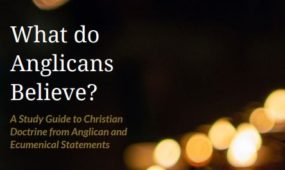 News
News
New guide unpacks Anglican faith
Accessibility is a strength
An advertised strength of this resource is the accessibility of the material. For those of the Australian audience who have broadband and do not work in theological colleges or have the Roscoe Library on their doorstep, the online aspect is a bonus. However, these online texts largely seem to be in English, which will be an issue for many of the global audience.
Who can use it and how can it be used?
While an individual could certainly engage with this material, it is designed to promote conversation. The conversations start with a challenge to reflect on (take in/see) the context in which the group is working: the parish church, the Diocese, the country, the culture, and the way doctrine contributes. The next step is to gain perspective and ‘judge or take stock’ of this context, with reference to the sources provided. Then there is a challenge to see what can be done to bridge any gaps between what is happening and what could be happening. The admirable overriding challenge is to ask, ‘how can this doctrine play an authentic role in our time and place?’
Discussion questions are useful
There are plenty of very useful questions for use at each stage of the ‘seeing, judging, acting’ phases. For the visual learners amongst us though, the presentation of these questions is problematic. Paragraphs of text hide these great questions, and there are no signposts in the text that discussion questions are to be found ‘this way’! It would take a dedicated group facilitator to slog through the dense visual field to pick the questions best suited to their context.
So for instance, the ‘What is Doctrine?’ section begins with paragraphs about how to use the process ‘See/Judge/Act’ as a structure for a group discussion of the documents that come later in the ‘Resources for Judging’ section. There are great questions in this introduction, for example:
- What is the place of the creeds in the worship of the church and in the discipleship of its people?
- How much doctrinal teaching takes place from the pulpit or in study groups in your context?
- To what extent is doctrine reflected in the architecture of the place in which you worship?
Facilitators, remember to highlight the questions from page 8, as they will help groups to keep their context in the forefront of discussion about each source document.
Words, words, words
Given that the stated aim is to provide the material free and online, there is scope for video material to support the written text. Many Anglicans around the Communion rely on verbal communication, and even those studying at a tertiary level are used to a diet of visual media. The unrelenting wordiness of this resource reflects the nature of the documents from which the inspiration is drawn, but it would be great to see some of these questions and statements in video format, read by diverse people from around the world in different languages, effectively providing vivid illustration for viewers of the diversity of the Anglican Communion members. This would help make this material more easily accessible by people with many different literacy levels and more appealing to generations of people who have learned to interpret meaning from texts in many forms.
A suggested approach
This material is dense. It takes a thorough read-through to understand how to use it, and then it might be best to pick and choose the elements that relate most poignantly to your particular parish or context.
Here’s a suggested approach:
- Before you attempt the whole study, test it out. Gather a group and choose a theme like number seven: ‘What is the place of the Sacraments?’ on pages 35-37.
- Select a few of the ‘seeing’ questions from page eight to root your discussion in a context, gathering observations from the group about their experience and beliefs.
- Then read through the documents on pages 35-37 and identify which faith groups contributed to the statements.
- Explore the impact that has on your belief, knowing that other Christian groups believe these things in common.
- Research the supporting material and identify who wrote the articles, when they were written and for what purpose.
- Ask whose voices are represented, and whose may be missing?
- Then move on to the ‘acting’ question at the end of page 37: How could your church enter into this mystery in a greater way?
- Plan for action and then act!
Tangible impact
The most tangible impact of this resource is that students will see that conversations and collaboration have taken place throughout the history of the Church. This communication and wrestling with ideas of faith is a practice engaged in by members of all faith communities and proves that consensus can be reached despite differences in contexts and cultures.
In an age of increasing conservatism, when pointing out difference as ‘evil’ is an easy way to shore up your own brand, this long history of collaboration is a practice worth noting. The texts used in this collection of studies provide compelling evidence of the process of consultation that has been part of the history of the Christian church – there is no good reason for us to stop now. In fact, in the face of increasing conservatism and partisanship, this evidence of collaboration could be the most important element of this document.
The study guide What do Anglicans Believe? can be downloaded free of charge in English, French, Spanish and Portuguese from the Anglican Communion website.


